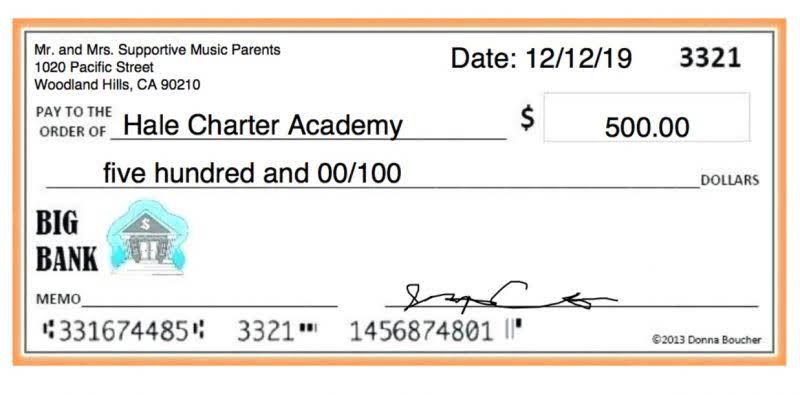T-Accounts and Ledgers

Moreover, as reporting requirements evolve, businesses may encounter challenges adapting T-accounts to comply with new standards or regulations. Moreover, manual T-account entries are susceptible to human error, potentially compromising data accuracy and integrity. In contrast, automated accounting systems offer built-in controls and validation checks, reducing the risk of mistakes and fraud.

What is the approximate value of your cash savings and other investments?
Now, there can be a number of different https://www.bookstime.com/ ledgers, each one dealing with a specific aspect of the business and listing T-accounts only in that category. Then, the two involved accounts are your cash account and your revenue account. It is typically prepared at the end of an accounting period before financial statements are generated.
Revenue

Accounting software can now integrate with your bank accounts and other financial systems, providing real-time transaction data. Loan officers and credit analysts use T-accounts to assess the financial health of potential borrowers. They analyze a business’s T-accounts for assets, liabilities, and equity.
Journal Entries

The Balance b/f shown above is the actual closing balance of the bank account (a debit balance). Sales are reported in the accounting period in Accounting Periods and Methods which title to the merchandise was transferred from the seller to the buyer. The journal entry recorded in the general journal (as opposed to the sales journal, cash journal, etc.). Remember that with every transaction and journal entry there will be two accounts that are affected.
Businesses often require customized reports tailored to specific stakeholder needs, regulatory requirements, or industry standards. These terms might sound fancy, but they’re actually quite straightforward. Debits represent increases in assets and expenses, and decreases in liabilities and equity. This is the owner’s claim on the business – basically, what’s left after you subtract liabilities from assets.
- The key financial reports, your cash flow, profit & loss and balance sheet are an organised representation of these fundamental accounting records.
- While a journal entry is a record of a single transaction in chronological order, showing the debits and credits of each account affected.
- In contrast, automated accounting systems offer built-in controls and validation checks, reducing the risk of mistakes and fraud.
- You’re a budding entrepreneur who just launched your dog walking service.
- Not only is the process tedious and time-consuming, but it requires a lot of accounting knowledge to be done perfectly and completely free of error.
- Each example of the T-account states the topic, the relevant reasons, and additional comments as needed.
A T Account is the visual structure used in double entry bookkeeping to keep debits and credits separated. T-accounts can also be used to record changes to the income statement, where accounts can be set up t accounts for revenues (profits) and expenses (losses) of a firm. For the revenue accounts, debit entries decrease the account, while a credit record increases the account.
Comprehensive Guide to Inventory Accounting
- Think of it like a seesaw – debits go down (they increase the account balance), and credits go up (they decrease it).
- T-accounts, primarily designed for cash-based transactions, may not adequately accommodate accrual accounting principles.
- There’s an increase in the asset Cash and the revenue account, Service Revenue.
- If you go even further, you will see that each debit entry has a corresponding credit entry.
- T accounts provide a detailed record of transactions, which is essential for financial analysis.
A double entry system is considered complex and is employed by accountants or CPAs (Certified Public Accountants). The information they enter needs to be recorded in an easy to understand way. This is why a T account structure is used, to clearly mark the separation between “debits” and “credits”. Every financial transaction is first recorded as a journal entry, into the general journal. So, the general journal is the original book of entries that contains the raw financial data of a business. With that being said, the five most common types of accounts in financial accounting are assets, liabilities, expenses, revenue, and owner’s equity.

Double-entry accounting is a method of recording every transaction twice to ensure that nothing is missed. Every transaction has two equal parts, a debit one and a credit one. In this case, you debit $20,000 in the cash T account and credit $20,000 in the revenue T account. Two entries (hence, double entry), one on the left and one on the right, so everything is good.

- For instance, a company hires some extra temporary labor for a busy period in their factory.
- After reviewing the transactions, prepare the necessary journal entries and post them to the necessary T- Accounts.
- Used more as a support mechanism, accounting T-accounts can be helpful for small business owners and entry-level bookkeepers who are making the move to double-entry accounting.
- A ledger is a complete record of all financial transactions for a company, organized by account.
- This can help prevent errors while also giving you a better understanding of the entire accounting process.
- Remember that with every transaction and journal entry there will be two accounts that are affected.
- One of the best accounting software for small businesses today is Deskera.
For accounting and finance students, T-accounts are like training wheels on their financial literacy journey. They act as a bridge between theoretical accounting concepts and practical applications. By using T-accounts to record transactions and analyze financial statements, students gain a deeper understanding of the double-entry accounting system, the backbone of financial reporting. Accrual accounting, a fundamental principle in financial reporting, recognizes revenue and expenses when incurred, regardless of cash flow timing. T-accounts, primarily designed for cash-based transactions, may not adequately accommodate accrual accounting principles. If you want to review debits and credits, see the lesson on debits and credits.
